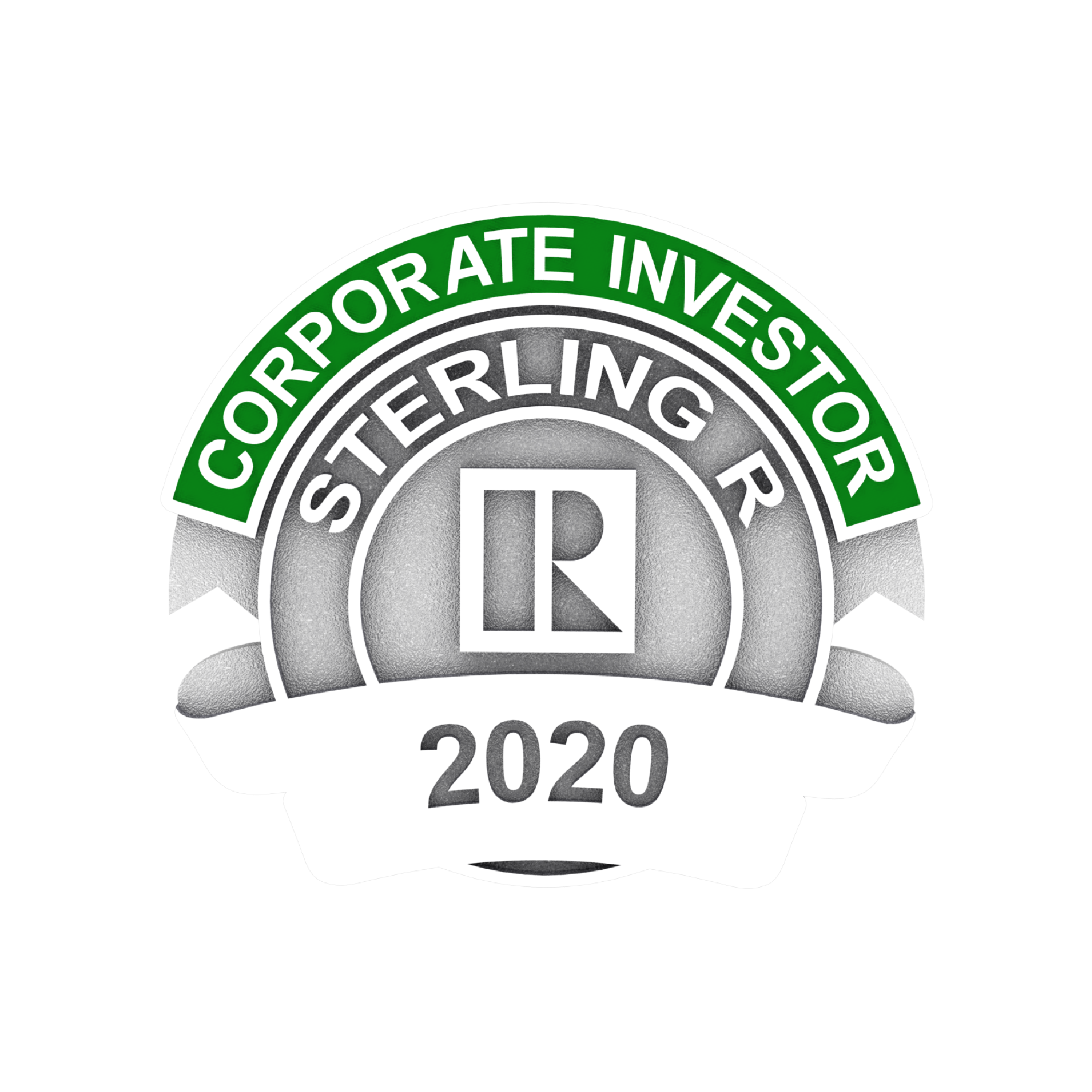Double-digit cap rates have become pervasive for Class B and C properties, according to an analysis by CBRE. This comes after the firm reported earlier this year that Class C office yields were frequently exceeding junk bond levels.
Pension funds are limited in the amount they can invest in below-investment-grade fixed-income assets. Junk bonds have high yields but a greater risk of default.
Earlier this year, CBRE’s Cap Rate Survey (CRS) showed double-digit yields for Class C offices, particularly in central business districts including San Francisco, Minneapolis, Houston and Philadelphia. This signals highly challenged office properties as cap rates near 15% suggest the assets have become the equivalent of junk bonds. However, high yields can attract capital from hedge funds and other risk-tolerant investors, which can translate into attractive IRRs, said CBRE.
Going into the second half of 2024, high yields have climbed for marginal buildings despite thin office sales volume, according to CBRE’s CRS. The percentage of office properties that are estimated to have cap rates 20% or higher has grown exponentially over the past year and a half, CBRE said.
“We can take some solace in the fact that the growth of above-10% cap rates has slowed to 18% in H1 2024 from 56% in H1 2023,” CBRE said. “Further, most CRS participants expect that office yields will remain flat or slightly decline in coming quarters. This corresponds with other evidence that office market fundamentals are beginning to stabilize.”
Overall, the average survey cap rate held steady during the first half, and different property types reacted differently to changing fundamentals and capital markets drivers, said CBRE. For example, industrial cap rates fell on average while office yields continued to climb. Survey respondents largely indicated they believe cap rates have plateaued. The share of respondents expecting further devaluations was highest within the office sector, reflecting the uncertainty around market fundamentals.
The share of respondents who believe cap rates will increase during the next six months has fallen compared with CBRE’s previous two CRS publications. This improved sentiment is likely driven by more accommodative signals from the Fed and the decline in bond yields from their October 2023 peak, the firm said.


